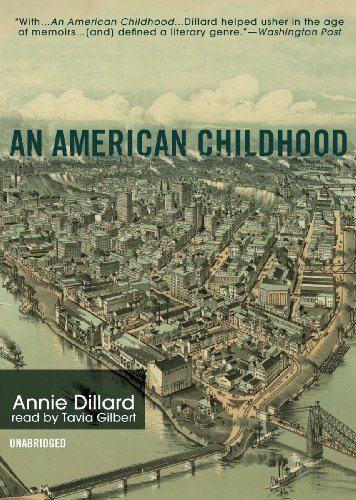
Annie’s interior life, while it gave her joy and satisfaction, also led her to have a limited and self-centered perspective.

The difference between the protagonist and the narrator (who is older and presumably wiser) becomes clear as Dillard attempts to explore the reasons for her childhood disdain for others. She frequently feels confusion and dissatisfaction in social conversations with girls her own age, or-especially when she becomes a teenager-with her parents. Significantly, the boundlessness of the unknown excites her, as she feels that her joy in learning can progress forever.Īs a child, Annie seems to consider her interior life far more real than her social life-and, indeed, the two are often at odds. As her intellect blossoms, she learns more about the world around her and begins to recognize how much lies outside her knowledge. Mostly, Dillard develops her mind through her own omnivorous reading, drawing, and general observations. While Dillard relishes the joy she derives from her interior life, as she narrates from her adult perspective, she is careful to distinguish herself now from her childhood self she recognizes and points out the limitations of her focus on her interior life, particularly her tendency towards self-absorption.įor Dillard, the development of her interior life is a process distinct from, though sometimes related to, formal education.

The “interior life” is a phrase repeated throughout the book to describe Annie’s fascination with her own mind, which she usually finds more important and interesting than external events. As a chronicle of her childhood, Annie Dillard’s memoir focuses far less on detailing a progression of socially important milestones than on her intellectual development-on the life of the mind.


 0 kommentar(er)
0 kommentar(er)
